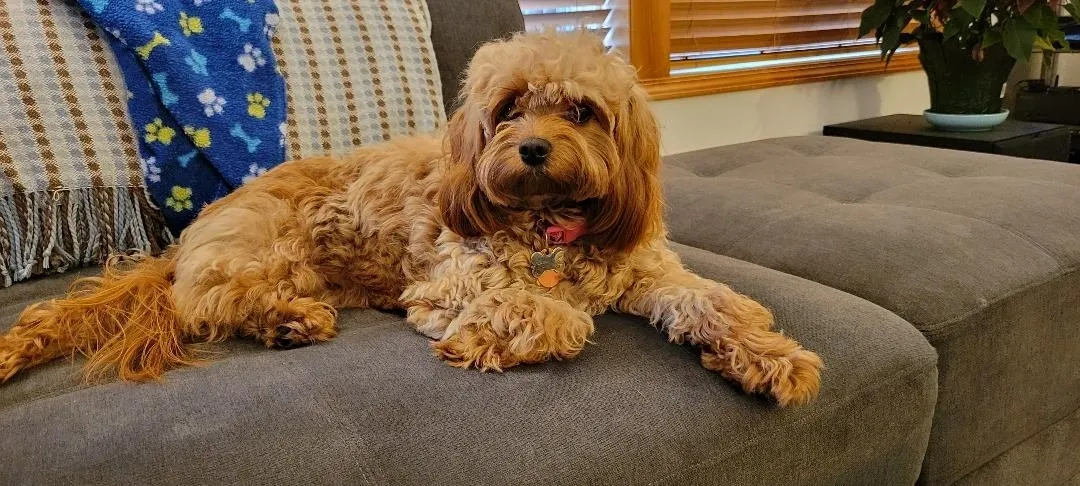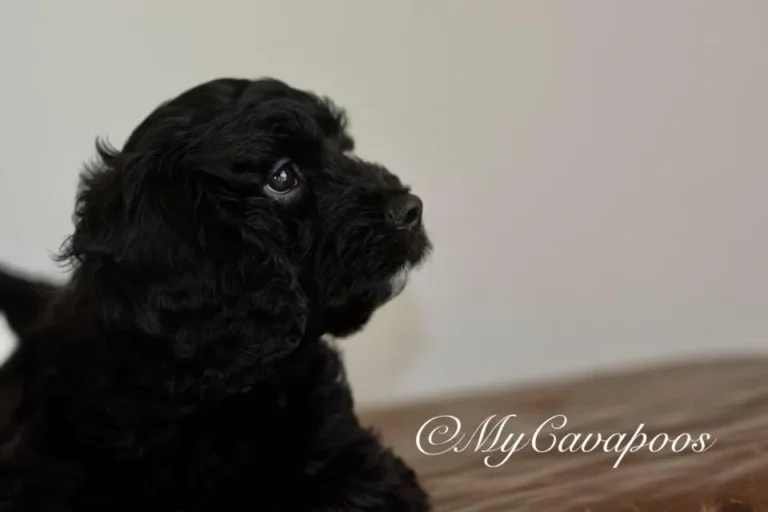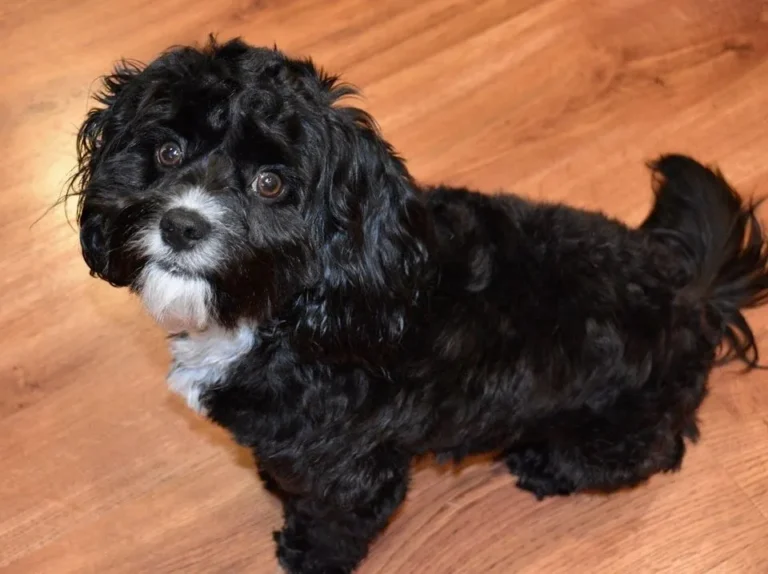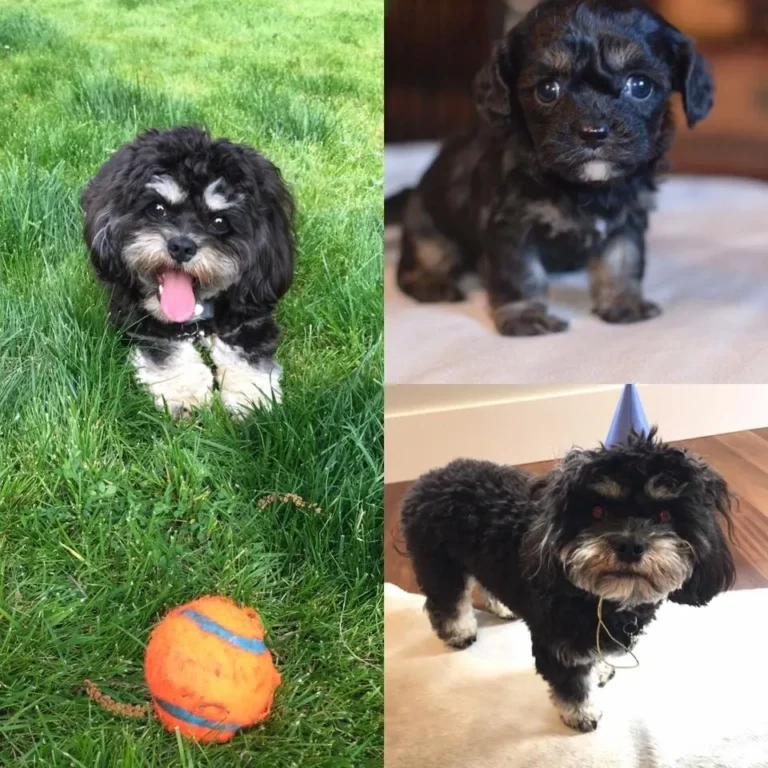All dogs bark. That is how they talk. Pups find their voice at various stages. Expecting for a dog to never bark is pretty unfair and maybe you should rethink having a dog. Barking is not always a bad thing but it is helpful to identify the reasons why your dog may be barking. Is it demand barking? Barking to protect? Is it fear based? Are they excited, upset, angry, frustrated?
—
If it is demand barking – that must be addressed. Your pup has learned that if they bark you will respond. That response may be shushing, saying no, trying to reason with them, etc but nevertheless, to your pup that means they got your attention. So if you are getting your new puppy and you’re reading this, it is best to choose words wisely and be consistent. Your correcting word may be “quiet”, “no” or simply a stern “eh eh”. If the puppy stops barking, you immediately give a “good” and give them a treat. Quickly redirect them and give them a task.
If the demand barking is happening during play time, I often recommend just letting them play and have fun because lets be real, they need to bark at some point and if you will be correcting the pup at all times, that can be frustrating for both you and the dog.
—
If your pup is barking out of reactivity to other dogs or people, that must be addressed immediately. The younger the better.
You’ll want to start at home by teaching your pup the command “place”. You can use a bed, mat, or a cot to teach this command. This will help with impulse control that will later transfer to other areas such as reactivity.
Next, work on being more interesting to your pup than what is around you. Have high value treats and attempt to maintain as much eye contact as you can during walks. If your dog is frequently checking in with you, mark that behavior by saying “good” or “yes” and give treat. Initially that may look like giving treat (or kibble) every few seconds. On your walks, your pup should be walking on “heel”.
So let’s say you’re working on “heel” and your dog sees a person or dog walking by – try to give them a fun command to do before they show reactivity and mark with “yes” and give treat. If pup does not stay engaged with you, then pop your leash and mark with “leave it” and if your pup stop to look at you mark with “yes” and quickly move along to distract.
If you want to avoid your pup becoming reactive, exposure will be your best friend. Some may say “my pup is timid” – you may need more positive exposures and build their confidence. Puppies leave at 8 weeks so they basically have clean slates – do you best to provide positive experiences with various people, pets, and items.
—
If your pup is barking out of excitement because someone knocked at the door or the door bell, have them go to “place” and stay there until you say “yes” or “free”. As they wait you should be giving the marker word “good” and give a treat so that they know they should keep doing what they are doing. This will take a lot of practice. Once whoever is at the door comes in, they need to ignore your pup until your pup is calm in place and then you can release by saying “yes” or “free”.
—
If you are eating and your pup is consistently “begging”. Give them a job. It is better to prevent a behavior than constantly having to correct. That may look like bringing out a food puzzle or having them stay in “place” until your meal time is over.
—-
Puzzles/sniffing are great ways to work your pups brain and will help your pup settle down and have a better frame of mind.
If you are an anxious person – I highly suggest working on that so that your don’t transmit your anxiety to your dog. Dogs are very sensitive and they may be reacting to their surroundings because they feel your reaction. Dogs are very perceptive and if they feel insecurity from you, they’ll feel unsure themselves.
You can always find a trainer to help you through this but if you are not working on this daily – you won’t see results. Once your pup has all of these commands down, you won’t have to do it daily.
If you are waiting for your puppy or if you just got your puppy, I urge you to use a program to help you start implementing all of these things from the start. As you know, we recommend Baxter and Bella as they have so many resources and the ability to talk to a trainer as well. If you want someone to help you in person you can look for a local trainer.




